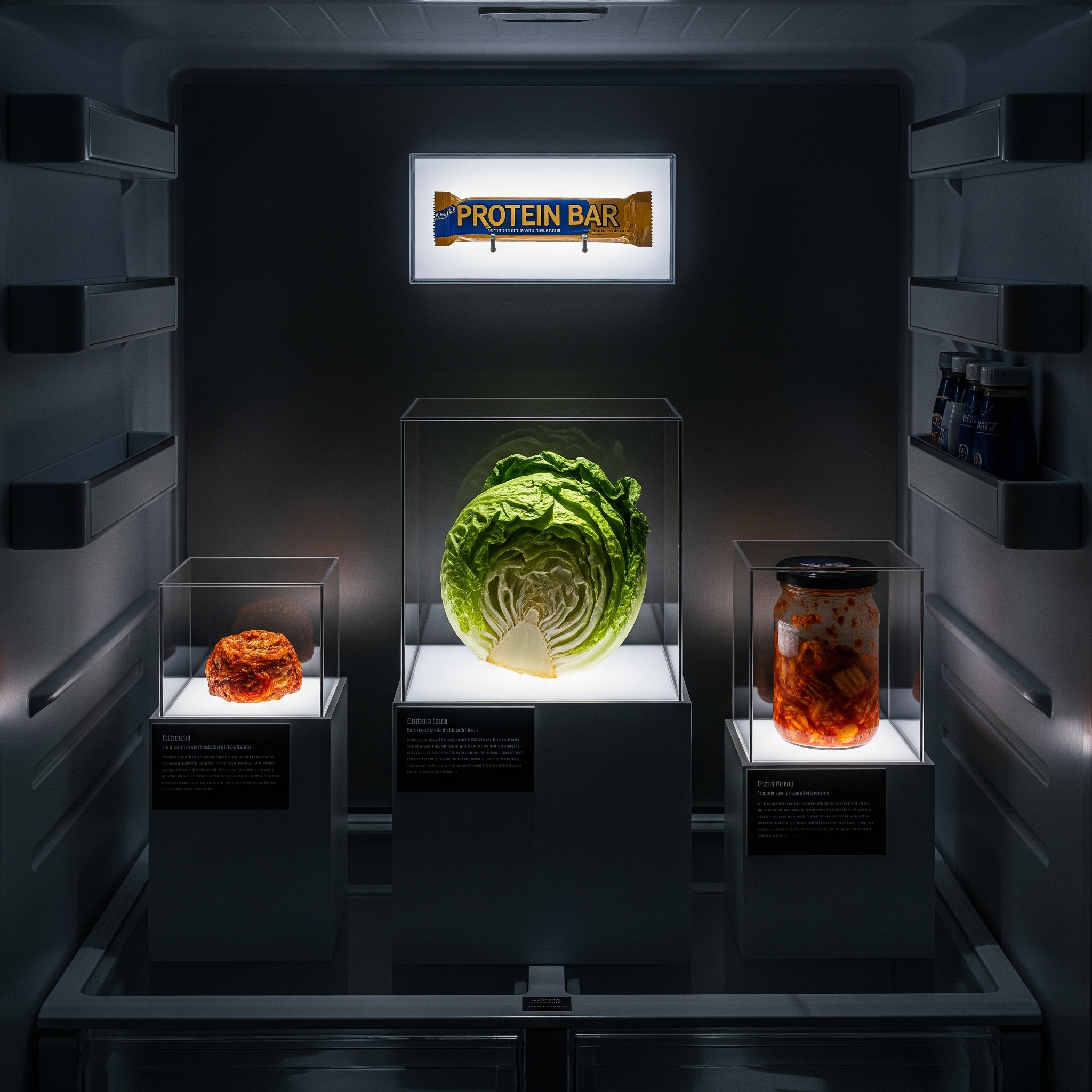
The Kitchen I Saw on Instagram vs. My Actual Kitchen
We’ve all scrolled past it: the perfect kitchen. It’s a vision of pristine, sun-drenched countertops, minimalist decor, and a single,
By entering your email and clicking Subscribe, you’re agreeing to let us send you customized marketing messages about us and our advertising partners.
We’ve all got one. Tucked behind the salad dressing and next to the nearly-empty jar of pickles, it lurks. It’s a mystery wrapped in foil, a container of what was once a vibrant leftover, now a questionable life form. It’s...

We’ve all got one. Tucked behind the salad dressing and next to the nearly-empty jar of pickles, it lurks. It’s a mystery wrapped in foil, a container of what was once a vibrant leftover, now a questionable life form. It’s the weird thing in the back of your fridge, and it’s time to confront it.
The fridge is a place of culinary promise, but its back corners are where good intentions go to die. So, how do you handle these unknown artifacts of a forgotten meal? Here’s a step-by-step guide to dealing with that weird thing in your fridge.
Before you do anything, you need to assess the situation. Approach the item with caution. Is it in a clear container? Can you see what’s inside? Or is it a nondescript container that has been sealed shut for so long it might as well be a time capsule?
This is a crucial, but risky, step. If the container is open or can be opened safely, give it a quick sniff. A good smell test is a quick whiff, not a deep inhalation. Your nose is your first line of defense.

If your investigation and smell test confirm that the item has crossed the threshold from “food” to “science experiment,” it’s time for disposal.
Now that the threat has been neutralized, it’s time to prevent it from happening again.
The weird thing in the back of your fridge is more than just forgotten food; it’s a monument to our busy lives and our best culinary intentions. So the next time you spot one, you’ll be ready. You’ll approach it with confidence, a plan, and maybe a pair of gloves.

We’ve all scrolled past it: the perfect kitchen. It’s a vision of pristine, sun-drenched countertops, minimalist decor, and a single,

My fridge isn’t just a place to store food; it’s a living museum of my past diets. Each shelf, each

The idea of cooking with kids is a beautiful one. You envision a scene straight out of a movie: little